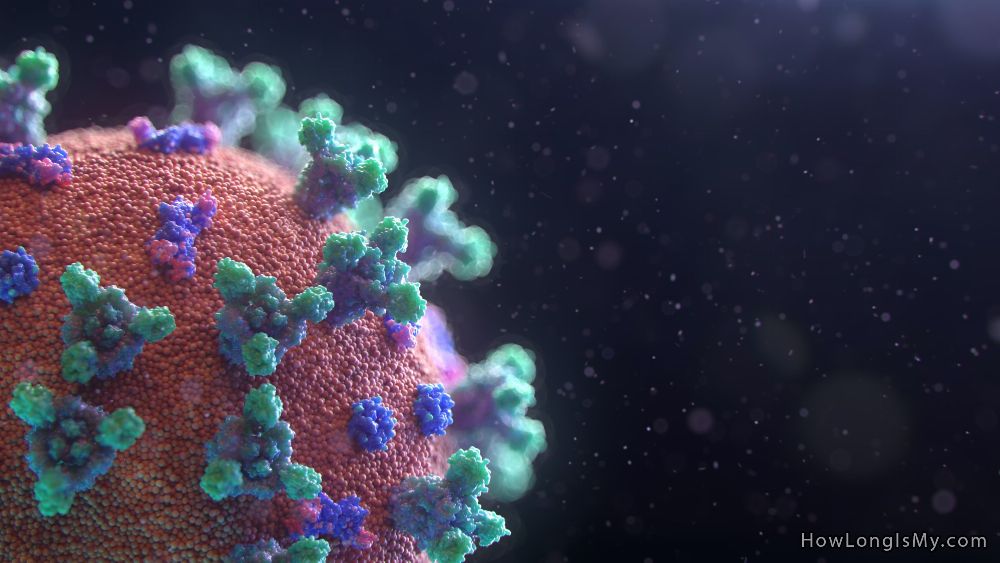The length of a virus’s life cycle can vary depending on the specific virus and the conditions in which it replicates. In general, the life cycle of a virus can be divided into several stages:
- Attachment. The virus attaches to a specific host cell. This usually involves the interaction between viral surface proteins and receptors on the surface of the host cell.
- Entry. The virus enters the host cell, either by fusing with the cell membrane or by being taken up into the cell through endocytosis.
- Genome replication. Once inside the host cell, the virus releases its genetic material (DNA or RNA) and uses the cellular machinery to replicate its genome. This stage may involve the synthesis of viral proteins and the assembly of new viral particles.
- Assembly. The replicated viral components come together to form new viral particles.
- Release. The newly formed viral particles are released from the host cell, either by cell lysis (where the cell is destroyed) or by a process called budding (where the virus acquires a portion of the host cell membrane as it exits).
 The length of each stage can vary greatly depending on the virus. Some viruses have rapid life cycles, with a complete replication cycle taking just a few hours, while others may take several days or even weeks. Factors that can influence the duration of a virus life cycle include the complexity of the virus, the efficiency of its replication machinery, and the characteristics of the host cell.
The length of each stage can vary greatly depending on the virus. Some viruses have rapid life cycles, with a complete replication cycle taking just a few hours, while others may take several days or even weeks. Factors that can influence the duration of a virus life cycle include the complexity of the virus, the efficiency of its replication machinery, and the characteristics of the host cell.
The virus life cycle refers to the replication process within a host cell and does not include the time spent outside the host, where the virus may exist in various forms (e.g., as infectious particles or in a dormant state).
